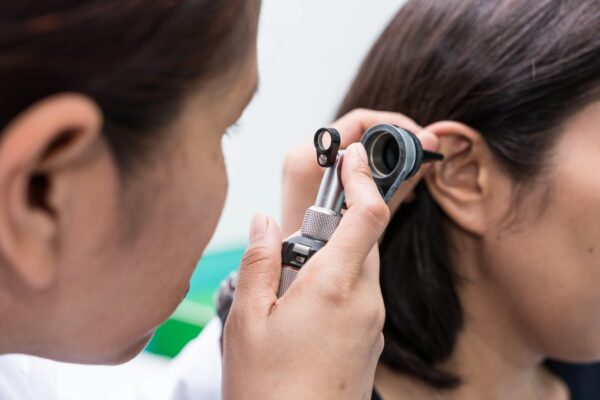The Most Common Types of Hearing Tests

Hearing Tests
Millions of people around the globe experience some form of hearing loss. While there are often obvious signs of hearing impairment, a hearing test is required to diagnose the condition. A hearing test is performed by an audiologist who will use the results of the test to determine the extent of the problem.
The ear is comprised of three parts that include the outer, middle and inner ear. If an issue arises, it’s important to identify where the problem is located. There are many options for hearing tests in Melbourne, with the most common types including:
- Speech test
- Pure-tone test
- Middle ear test
- Otoacousticemissions
- Auditory brainstem response
Speech Test
A speech test involves the patient listening to a conversation in order to determine their level of speech reception. The test takes place in a combination of noisy and quiet environments, and the audiologist gives the patient an opportunity to repeat the words that have been spoken.
Pure-Tone Test
A pure-tone test is designed to assess the range of the patient’s hearing capabilities. Headphones are worn for this test, with tones played through the headphones at different pitches and frequencies. In order to ensure accurate and comprehensive results, each ear is tested separately. The patient has an opportunity to detect faint sounds and respond by notifying the audiologist as instructed. Sometimes the patient will be asked to press a button or raise their hand when they hear a sound.
Middle Ear Test
As the name suggests, the middle ear test is designed to determine if the middle ear is functioning properly. There are a variety of measurements taken that include acoustic reflex measures, tympanometry and static acoustic measures. This test involves the audiologist sending air pressure into the ear canal, which causes the eardrum to vibrate in a back and forth motion. The audiologist is able to use the acoustic reflex measurements to determine the location of the hearing loss. The audiologist will also examine the ear’s ventilation tubes and determine if there is a perforated eardrum.
Otoacoustic
Emissions
Otoacoustic emissions are sounds emitted by the inner ear when sound stimulates
the cochlea. The hair cells located in the inner ear vibrate in response to
sound. The sound emissions are measured by a small probe that’s gently placed
into the ear canal. This test is ideal for determining if there is some kind of
blockage in the ear. If there is a blockage, vibration does not occur. This is
a test that’s often used to screen the hearing of newborns.
Auditory Brainstem Response
The auditory brainstem response provides data about the brain pathways and the inner ear that are necessary for hearing. Electrodes are placed on the patient’s head and connected to a computer. This test allows the audiologist to record and assess brain wave activity based on the sounds the patient hears through earphones. Patients are usually resting or sleeping during this test.
Conclusion
As
you can see, there are manydifferent hearing tests in Melbourne an audiologist
can perform. In addition to determining whether you have hearing loss, these
tests can also identify why the problem is occurring, the extent of the problem
and the best way to treat it.





